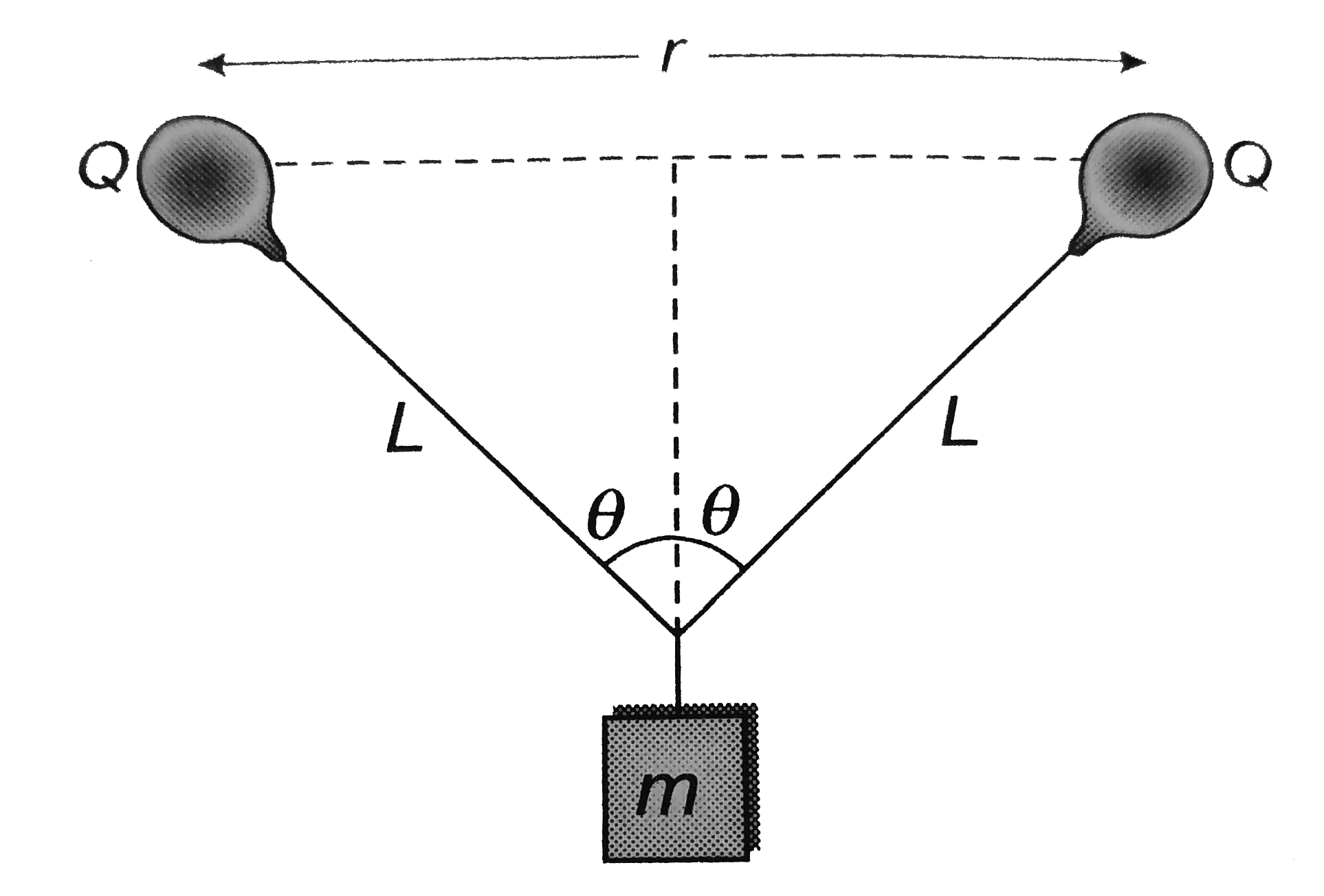A balloon filled with helium (32∘Cand1.7atm) bursts. Immediately afterwards the expansion of helium can be considered as:
reversible isothermal
irreversible isothermal
reversible adiabatic
irreversible adibatic
The correct Answer is:D
To solve the problem, we need to analyze the situation after the helium balloon bursts. The key points to consider are the conditions of the helium before and after the burst.
1. Understand the Initial Conditions:
- The balloon is filled with helium at a temperature of 32∘C and a pressure of 1.7atm.
- Convert the temperature to Kelvin:
T=32+273.15=305.15K
2. Identify the Type of Expansion:
- When the balloon bursts, the helium gas will expand rapidly into the surrounding atmosphere.
- The expansion can be considered as an adiabatic expansion because it occurs very quickly, and there is no time for heat exchange with the environment.
3. Determine the Final Conditions:
- After the burst, the helium will expand to atmospheric pressure (approximately 1atm).
- Since the expansion is adiabatic, the temperature of the helium will drop as it expands.
4. Apply the Adiabatic Process Equation:
- For an adiabatic process involving an ideal gas, the relationship between pressure and volume can be expressed as:
P1Vγ1=P2Vγ2
where γ (gamma) is the heat capacity ratio (approximately 1.4 for helium).
5. Conclusion:
- Therefore, the expansion of helium after the balloon bursts can be considered as an adiabatic expansion into the atmosphere.
Final Answer:
The expansion of helium after the balloon bursts can be considered as an adiabatic expansion.
---
- The balloon is filled with helium at a temperature of 32∘C and a pressure of 1.7atm.
- Convert the temperature to Kelvin:
T=32+273.15=305.15K
- When the balloon bursts, the helium gas will expand rapidly into the surrounding atmosphere.
- The expansion can be considered as an adiabatic expansion because it occurs very quickly, and there is no time for heat exchange with the environment.
- After the burst, the helium will expand to atmospheric pressure (approximately 1atm).
- Since the expansion is adiabatic, the temperature of the helium will drop as it expands.
- For an adiabatic process involving an ideal gas, the relationship between pressure and volume can be expressed as:
P1Vγ1=P2Vγ2
where γ (gamma) is the heat capacity ratio (approximately 1.4 for helium).
- Therefore, the expansion of helium after the balloon bursts can be considered as an adiabatic expansion into the atmosphere.
The expansion of helium after the balloon bursts can be considered as an adiabatic expansion.
Topper's Solved these Questions
Similar Questions
A partially inflated balloon contains 500m3 of helium at 27∘C and 1atm pressure. What is the volume of the helium at an altitude of 18000ft, where the pressure is 0.5atm and the temperature is −3∘C ?
View SolutionA balloon filled with helium does not rise in air indefinitely but halts after a certain height. (Neglect winds). Explain
View Solution
Knowledge Check
- Question 1 - Select One
A tyre filled with air,(27∘C,o and 2 atm ) bursts, then what is temperature of air (λ=1.5)
A−33∘CB0∘CC27∘CD240∘C - Question 2 - Select One
Two similar balloons filled with helium gas are tied to Lm long string. A body of mass m is tied to another ends of the strings. The balloons float on air at distance r. If the amount of charge on the ballons is same then the magnitude of charge on each balloon will be
 A[mgr22ktanθ]1/2B[2kmgr2tanθ]1/2C[mgr2kcotθ]1/2D[2kmgrtanθ]1/2
A[mgr22ktanθ]1/2B[2kmgr2tanθ]1/2C[mgr2kcotθ]1/2D[2kmgrtanθ]1/2 - Question 3 - Select One
A light balloon filled with helium of density ρHe is tied to a long light string of length and the string is attached to the ground. If the balloon is displaced slightly in the horizontal direction from the equilibrium and released then .
AThe ballon undergoes simple harmonic motion with period 2π√(ρairρair−ρHe)lgBThe ballon undergoes simple harmonic motion with period 2π√(ρair−ρHeρair)lgCThe ballon undergoes simple harmonic motion with period 2π√(ρHeρair−ρHe)lgDThe ballon undergoes conical oscillations with period 2π√(ρair+ρHeρair−ρHe)lg
A balloon filled with helium gas having pressure 2 atm was kept at room temperature (of 27∘C). What will be the resulting temperature if it bursts? (Assume that change occurs reversibly)
(1)−60∘C(2)−45.65∘C(3)−30.15∘C(4)−10.5∘CView SolutionA balloon filled with helium rises to a certain height at which it gets fully inflated to a volume of 105 litres. If at this altitude, temperature and atmospheric pressure are 268 K and 2×10−3 atm respectively, what weight of helium will be required to fully inflate the balloon ?
View SolutionA balloon filled with helium rises to a certain height at which it gets fully inflated to a volume of 105 litres. If at this altitude, temperature and atmospheric pressure are 268 K and 2×10−3 atm respectively, what weight of helium will be required to fully inflate the balloon ?
View SolutionA balloon has 5.0 mole of helium at 7∘C. Calculate
(a) the number of atoms of helium in the balloon.
(b) the total internal energy of the system.View SolutionA balloon filled with helium or hot air can float in the atmosphere. A balloon filled with air from your lungs falls to the ground when it is released. Why do these balloons behave differently?
View Solution

